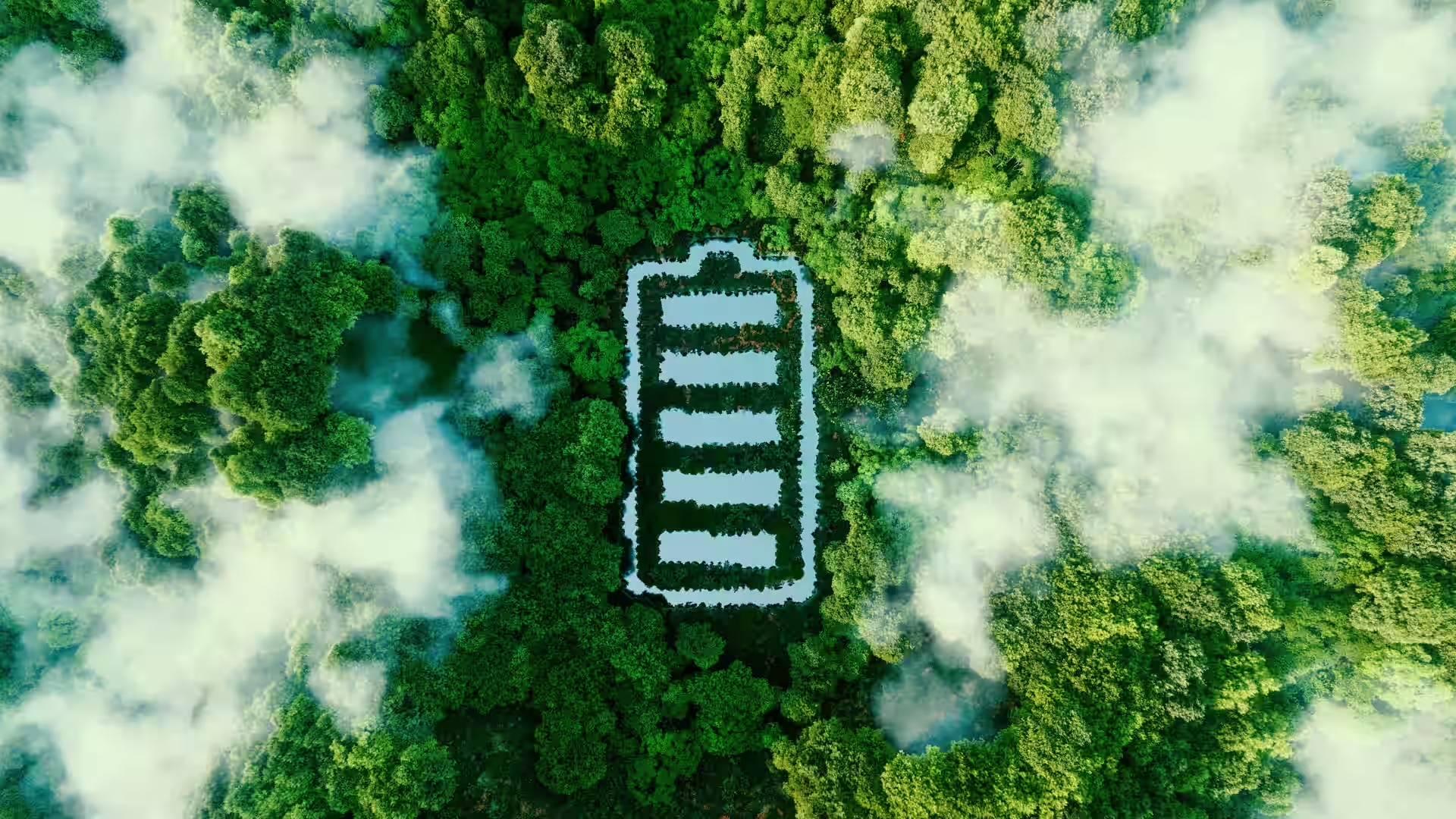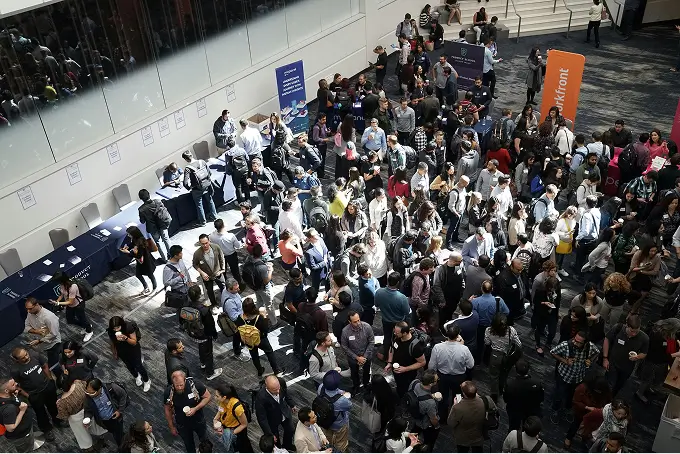Battery Industry 2023: More Sustainability, Safety and Independence
Battery industry predictions for 2023 by Dr. Matthias Simolka, Product Manager Energy Solutions at TWAICE.

The 2023 Battery Trends
Whether sodium-ion or cobalt-free lithium-ion batteries, sustainability, safety and independence will be the central themes for e-mobility and energy storage in the coming year. This article explains how these trends can be realized with production facilities in Europe and what questions will arise for the future of e-mobility.
Greener in Every Respect: New Battery Generations on the Rise
New developments are on the horizon for the battery market. In battery production, the focus is primarily on costs and safety, and the hope is for sodium-ion batteries. This trend is being realized by global leaders in battery manufacturing and development such as CATL and BYD, who recently announced the market launch of sodium-ion batteries for 2023. Sodium-ions are the solution for applications that allow lower energy density and lower cost batteries (per kWh). They are safer and use more environmentally friendly materials.
In addition to sodium ions, many other new battery types are becoming more and more established on the market or are about to make their breakthrough. These include LMFP (lithium manganese iron phosphate) accumulators, in which traditional LFP (lithium iron phosphate) is used with an addition of manganese. This manganese addition can increase the performance of standard LFP batteries. On the anode side, the trend continues towards steadily increasing silicon content in the otherwise graphite-based electrode.
Furthermore, solid-state and lithium metal batteries are promising to revolutionize battery performance and are already putting pressure on "standard" batteries. Solid-state batteries can be manufactured more sustainably as they eliminate toxic solvents. There are already several plans aiming for the large-scale market introduction of solid-state batteries from 2025, meaning that testing these batteries under realistic conditions must begin now. However, since "standard" batteries are constantly evolving, it remains to be seen whether solid-state batteries will make the quantum leap at all.
The global pandemic, supply chain issues, conflict, and war are having a major impact. Sustainability means becoming more independent so that materials do not need to be sourced from economies that undermine human rights, freedom of expression and fair trade. This is why there have been many announcements of constructing new battery plants in Germany. Switching to alternatives such as sodium and magnesium are first steps to reduce dependencies on a few cell manufacturers, as both supply and further processing of the materials can take place close to the production sites.
Greater Focus on Independence and Security
When talking to public transportation and heavy-duty mobility operators, the focus is on battery reliability and cost-effective operation. Companies want to know how long the equipment can be used, when batteries need to be replaced, and how to reuse batteries that can no longer be used in electric vehicles. Unfortunately, the issue of safety is taking a back seat in spite of the many incidents in the public transport sector, such as depot fires in Stuttgart and Hannover as well as bus fires in Paris and London.
The situation is similar for stationary battery energy storage system safety. However, the stationary energy storage industry is already a few years ahead in electrification. Initially, companies in this sector focused on understanding how to operate the system, what pitfalls to consider, and how to increase revenue. Once this knowledge was in place, the focus moved to ensuring how to operate energy storage systems safely.
The developments in electrification that have been seen in the public transport sector have so far been implemented by early adopters, innovators who adopt and test new ideas early. Since we are in a rapidly evolving industry, the issue of safety will become more and more of a focus for the public transport industry in the upcoming months. This a positive development, as the overall battery size (and thus the value of the tangible financial asset) in electric bus fleets is increasing rapidly, and so is the likelihood of a safety incident.
Conclusion
Several major changes in the battery industry are being planned and in some cases are already being implemented.
One thing is certain in all of this: the focus on sustainability and safety in e-mobility should be at the forefront. The production of sustainable batteries as well as the determination of the battery’s condition are important steps in further advancing the battery industry and to successfully implement the energy transition.
Sign up for the next live group demo and learn how TWAICE can transform your BESS operations. In just 30 minutes, you’ll get a demo of key features and use cases, and engage with our product experts for a live Q&A.



.avif)
.avif)
.avif)
